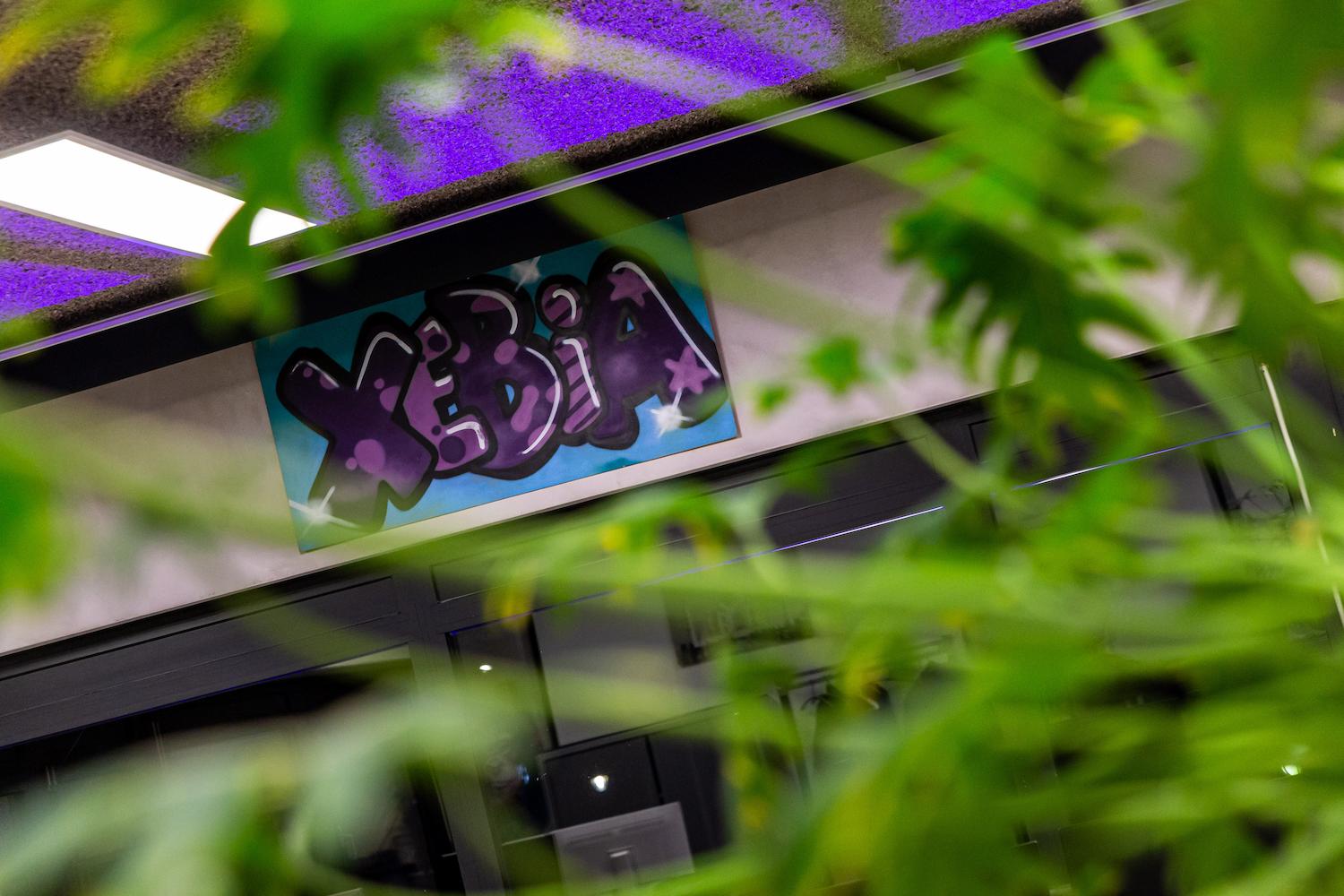

Managers within enterprise organizations are a success factor for enterprise change (sources). However, they do find themselves on a challenging playing field. Part of this playing field is that they are both managing people while at the same time being managed themselves. Changing hard controls, such as reward schemes and changing the organization architecture, are not always available for managers as tools to achieve enterprise change. Managers have to rely on soft controls, appealing to people's intrinsic motivation, to realize change. By implementing gamification, managers can extrinsically motivate employees (for example, with point/reward systems) without touching the hard controls within an organization. But gamification can also intrinsically motivate people, for example, the urge to find out what’s coming next. In other words, gamification is a great tool to realize enterprise change.
Gamification effectively means applying gaming mechanisms to a non-game context (source). Gamification can be found a lot in business-to-consumer products (For example, The badges you can earn when you’ve visited the carwash five times within a month) but not within an enterprise change context. This blog will explore three ways managers can use gamification to drive organizational change.
Hopefully, the three mechanics mentioned in this blog are not new to you. The first one probably sounds obvious: Set challenging but achievable goals. But unfortunately, not all businesses apply this practice.
Let’s translate it into a game. Imagine playing a game on your phone where you have to solve puzzles to go to the next level. If it takes you just a couple of seconds, you become bored quickly. If you play a difficult level that takes weeks to figure out, you will probably get annoyed and stop playing.
The example of the mobile game is also through within organizations. Suppose you are working towards small and straightforward goals. It can even feel like being micromanaged, resulting in the opposite effect: People are not completing the tasks because they don’t care about them. When you only set extremely hard-to-reach goals, people can lose motivation quickly; they are not being rewarded enough and give up the goal to pursue more (directly) rewarding tasks. What can we learn from games? Set goals that are challenging and achievable within a reasonable amount of time. You will see it will yield great results.
A progress bar can be of great value when you cut up big goals into smaller, achievable goals. Within many organizations, initiatives are started but not completed due to people losing motivation to take the last steps. One example of such a task is documentation, and it is often done at the end of a project but not completed. Within games, you see progress bars often used to complete a big task such as reaching the next level. The chances are that if you have achieved something for 85%, you will also meet the last 15% to claim the full reward.
By visualizing the progress of a big task using a progress bar, leaders can visualize the status of a big task. Preferably, for each sub-task, it is clear how much progress it drives for the status bar. The clearer the outcome of the task is, the more likely people are to complete it (if it benefits them). To power up your progress bar, something can be rewarded for completing. In games, you can obtain things like more power, status, or items. In business, it can be something like a team dinner or the possibility to speak at a corporate event.
People are motivated by other people. Social influence is something heavily used in games to increase engagement. Some games have huge communities where people gather, share experiences, and challenge each other to complete the next big quest. Some games allow you to earn achievements and share them on social media. The mechanics named in this paragraph can be easily used within an enterprise context.
First, knowledge can be shared easily by building communities within an organization around a topic. Within a community, people can find each other to work on complex problems (or quests) together. The community can also provide valuable feedback on new plans and ideas. Within games, this is seen after new releases, where the community feedback can often make or break its success.
Secondly, by earning badges or achievements which people share on (internal) social platforms, it becomes visible who the go-to persons are on a particular topic. It also motivates others to go for the same achievement because they want to reach the same status. Achievements provide a chance to show mastery of a specific topic within organizations.
Of course, this is just a tiny bit of gamification options that you have to achieve enterprise change. Do you want to have a chat about gamification? Schedule something through this link.



